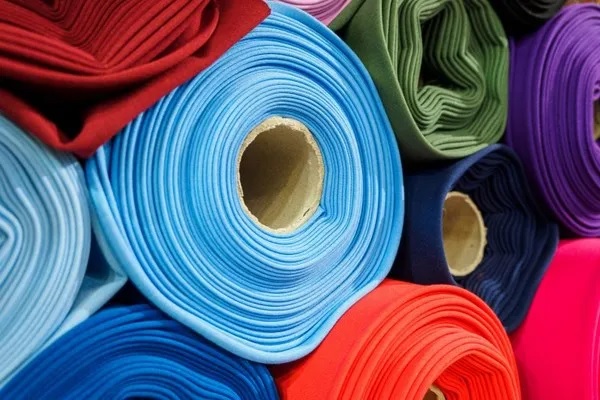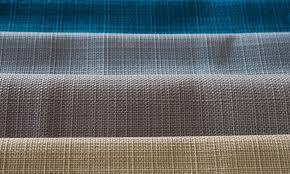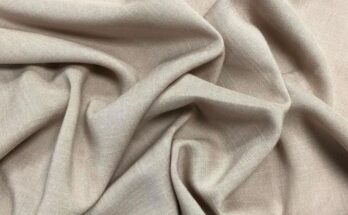Have you ever wondered why certain fabrics feel different against your skin? Or why some clothes are better suited for certain activities or weather conditions? The answer lies in the science behind fabrics and the properties that make them unique. In this article, we’ll explore the different types of fabrics and their characteristics, so you can better understand what you’re wearing.
Natural vs. Synthetic Fabrics
Fabrics can be categorized into two main types: natural and synthetic. Natural fabrics are derived from natural sources such as plants and animals, while synthetic fabrics are man-made using chemical processes.
Natural fabrics include cotton, wool, silk, and linen. These fabrics are known for their breathability, softness, and hypoallergenic properties. They are also biodegradable and eco-friendly, making them a popular choice for sustainable fashion.
Synthetic fabrics, on the other hand, include polyester, nylon, rayon, and spandex. These fabrics are often more durable and resistant to wrinkles and stains. They are also more affordable than natural fabrics, making them a popular choice for fast fashion brands. However, they are not as breathable as natural fabrics and can cause skin irritation in some people.
Fabric Properties

Each fabric has its own unique properties that make it suitable for different purposes. Here are some of the most common fabric properties:
- Weight: The weight of a fabric can determine its suitability for different weather conditions. Heavier fabrics such as wool and denim are better for colder weather, while lighter fabrics such as cotton and linen are better for warmer weather.
- Breathability: This refers to how well a fabric allows air to circulate through it. Breathable fabrics such as cotton and linen are ideal for summer clothing, while less breathable fabrics such as polyester and nylon are better suited for winter clothing.
- Elasticity: This refers to how much a fabric can stretch and recover its original shape. Fabrics such as spandex and elastane are highly elastic, making them ideal for activewear and form-fitting clothing.
- Water resistance: Some fabrics such as polyester and nylon are water-resistant, making them ideal for raincoats and outdoor gear.
Care and Maintenance
Proper care and maintenance of your clothes can help them last longer and maintain their properties. Here are some tips:
- Read the care label: Always follow the care instructions on the label to avoid damaging the fabric.
- Wash with like colors: This can prevent color bleeding and fading.
- Avoid high heat: High heat can damage certain fabrics such as wool and silk. Always use the appropriate settings on your washing machine and dryer.
- Store properly: Proper storage can prevent wrinkles and damage to the fabric. Hang or fold clothes neatly and avoid exposing them to direct sunlight or moisture.
Understanding the science behind fabrics can help you make more informed decisions when it comes to choosing your clothes. By considering the fabric properties and care instructions, you can ensure that your clothes last longer and remain comfortable to wear.




